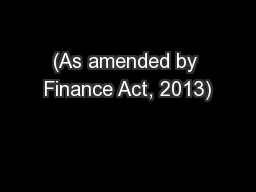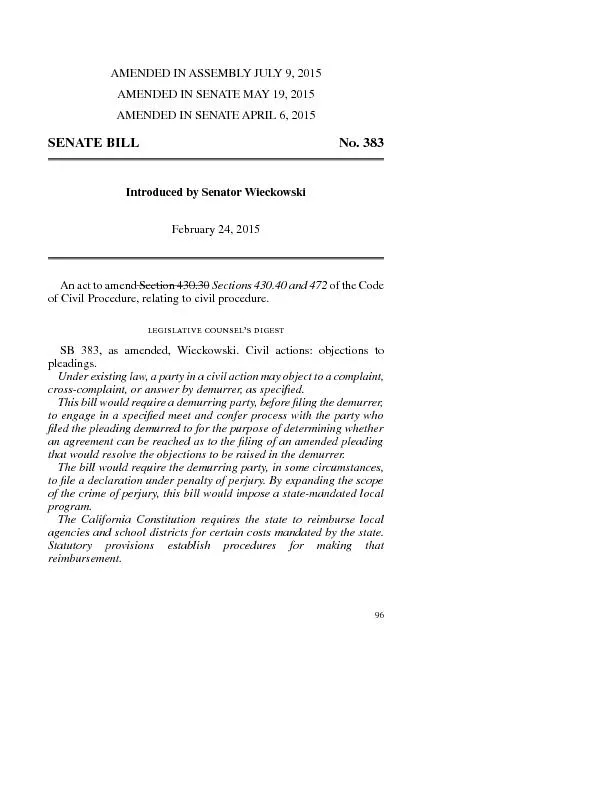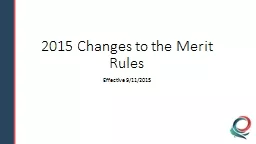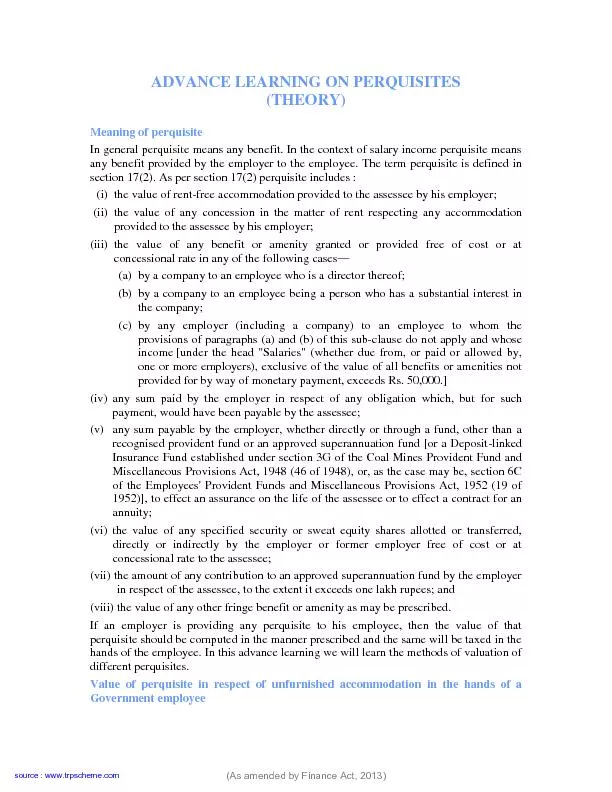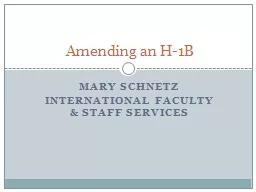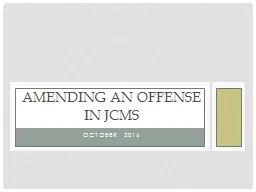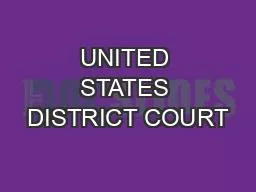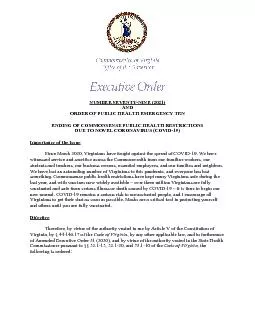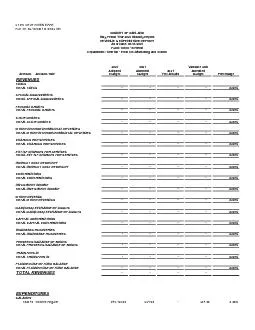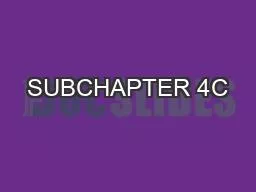PPT-Last Reviewed:- Last Amended:-
Author : giovanna-bartolotta | Published Date : 2018-10-22
Configuration Slide 15 May 13 15 May 13 Sensory Inputs Visual Seeing Audio Hearing Kinaesthetic Feeling Gustatory Tasting Olfactory Smelling Experiential Learning
Presentation Embed Code
Download Presentation
Download Presentation The PPT/PDF document "Last Reviewed:- Last Amended:-" is the property of its rightful owner. Permission is granted to download and print the materials on this website for personal, non-commercial use only, and to display it on your personal computer provided you do not modify the materials and that you retain all copyright notices contained in the materials. By downloading content from our website, you accept the terms of this agreement.
Last Reviewed:- Last Amended:-: Transcript
Download Rules Of Document
"Last Reviewed:- Last Amended:-"The content belongs to its owner. You may download and print it for personal use, without modification, and keep all copyright notices. By downloading, you agree to these terms.
Related Documents

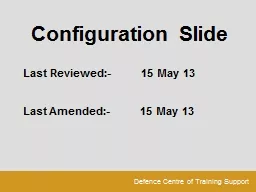
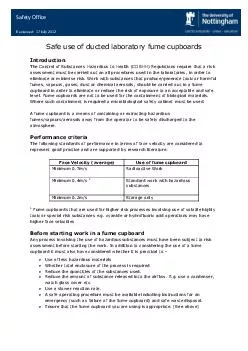
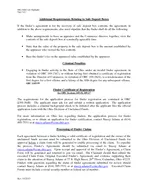
![No. 74.]Lunacy.[1950.S.4 amended. 3. Section four of the principal Act](https://thumbs.docslides.com/117865/no-74-lunacy-1950-s-4-amended-3-section-four-of-the-pri.jpg)
